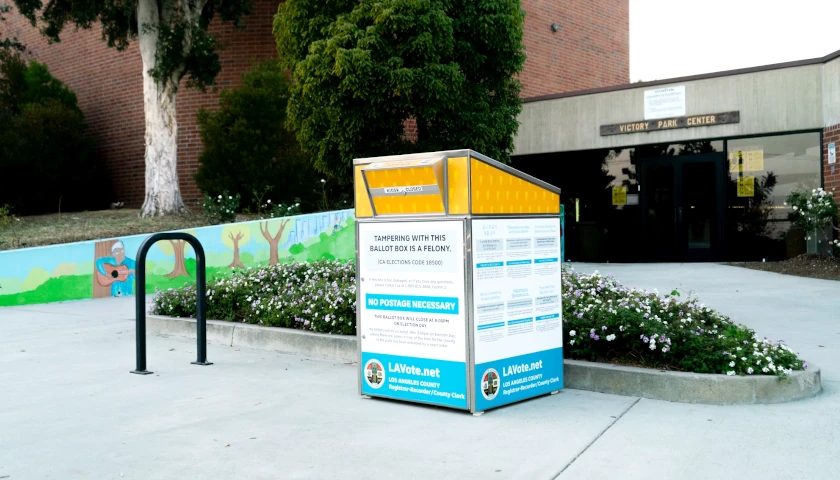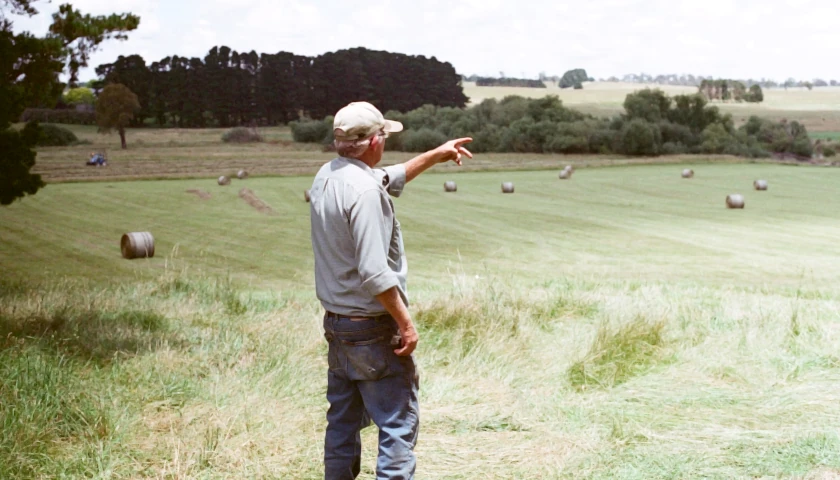A Kodak moment for the books: the former film giant flipped to pharma in a move aimed to rejuvenate the company after nearly two decades of hardship. Several reports state that Kodak branched out to offset the large-scale loss of its film business – punctuated by a bankruptcy in 2012 after the concept of the digital camera that it invented rendered many of its product offerings obsolete.
Initial talks of Kodak’s new active pharmaceutical ingredients (APIs) division, branded “Kodak Pharmaceuticals,” began as early as a few months ago according to Kodak CEO Jim Continenza. He says the move shouldn’t be all that surprising.
“When the pandemic started, Kodak wanted to see what we could do to participate. We were making hand sanitizers, face shields, PCB boards for ventilators. And we started going down this path, but it was so early there was nothing really to mention. We’ve always been a chemical and chemistry company. For over 100 years we’ve been doing chemistry,” Continenza stated. “We realized we could do more, the government realized we could do more and they kind of reached out, and we found a path that makes a lot of sense for the American public to help bring the pharmaceutical protections back to America.”
The International Development Finance Corporation (DFC) loaned the photo company Kodak $765 million to address the chronic national shortage of essential ingredients for generic drugs.
Kodak’s new drug-producing division will apply the loan toward repurposing and expanding existing facilities in Rochester, New York and St. Paul, Minnesota – effectively creating an estimated 1,560 jobs.
The DFC website states: “These efforts complement DFC’s global response to both the health-related and economic impacts of COVID-19.”
Due to the coronavirus’ strain on foreign manufacturers, the U.S. is burdened with an alarming national shortage of essential ingredients for generic drugs. Under President Trump’s Defense Production Act (DPA) – the first of its kind under Executive Order 13922 allowing the DFC and the Department of Defense to work jointly strengthening domestic supply chains in response to COVID-19 – the DFC was able to commission Kodak to offset the drug shortage.
“Kodak is proud to be a part of strengthening America’s self-sufficiency in producing the key pharmaceutical ingredients we need to keep our citizens safe,” Continenza said. “By leveraging our vast infrastructure, deep expertise in chemicals manufacturing, and heritage of innovation and quality, Kodak will play a critical role in the return of a reliable American pharmaceutical chain.”
While 90 percent of all prescriptions in the U.S. are for generic drugs, less than 10 percent of active pharmaceutical ingredients are manufactured in America. Fifty percent of production is from India and China, Newsweek reports. Also, China sources 80 percent of the active ingredients in drugs Americans take, according to Fox News. The foreign drug manufacturers have come under repeated public scrutiny for selling dangerous and ineffective drugs to the U.S.
Their repeated offenses in light of the coronavirus largely influenced the DFC’s initiative with Kodak, said Director of the Office of Trade and Manufacturing Policy at the White House, Dr. Peter Navarro.
“If we have learned anything from the global pandemic, it is that Americans are dangerously dependent on foreign supply chains for their essential medicines,” said Navarro.
In a statement Tuesday, the president said the deal was “a momentous step toward achieving American pharmaceutical independence.” Trump then associated the Kodak loan with his administration’s efforts these past four years to stimulate American industry and lessen our dependence on foreign countries. President Trump also thanked Governor Andrew Cuomo and his representatives for their help in facilitating the loan.
This is the 33rd use of the Defense Production Act according to President Trump, totaling $3 million of investments into private sectors producing ventilators, N95 masks, gowns, test kits, and more.
In response to the announcement, Kodak shares have jumped nearly 2,000 percent, equating to a reported twenty-fold increase in market capitalization at about $2.2 billion and triggering a series of trading halts.
Once Kodak Pharmaceuticals is fully operational, it is projected to produce as much as 25 percent of all active ingredients in generic drugs. This will mean that pharmaceutical production will account for 30 – 40 percent of Kodak’s business, Continenza said.
For now, Kodak Pharmaceuticals won’t be making these drug ingredients anytime soon – Continenza stated it would take a little over three years to phase-in completely.
– – –
Corinne Murdock is a reporter at The Minnesota Sun and the Star News Network. Follow her latest on Twitter, or email tips to [email protected].




